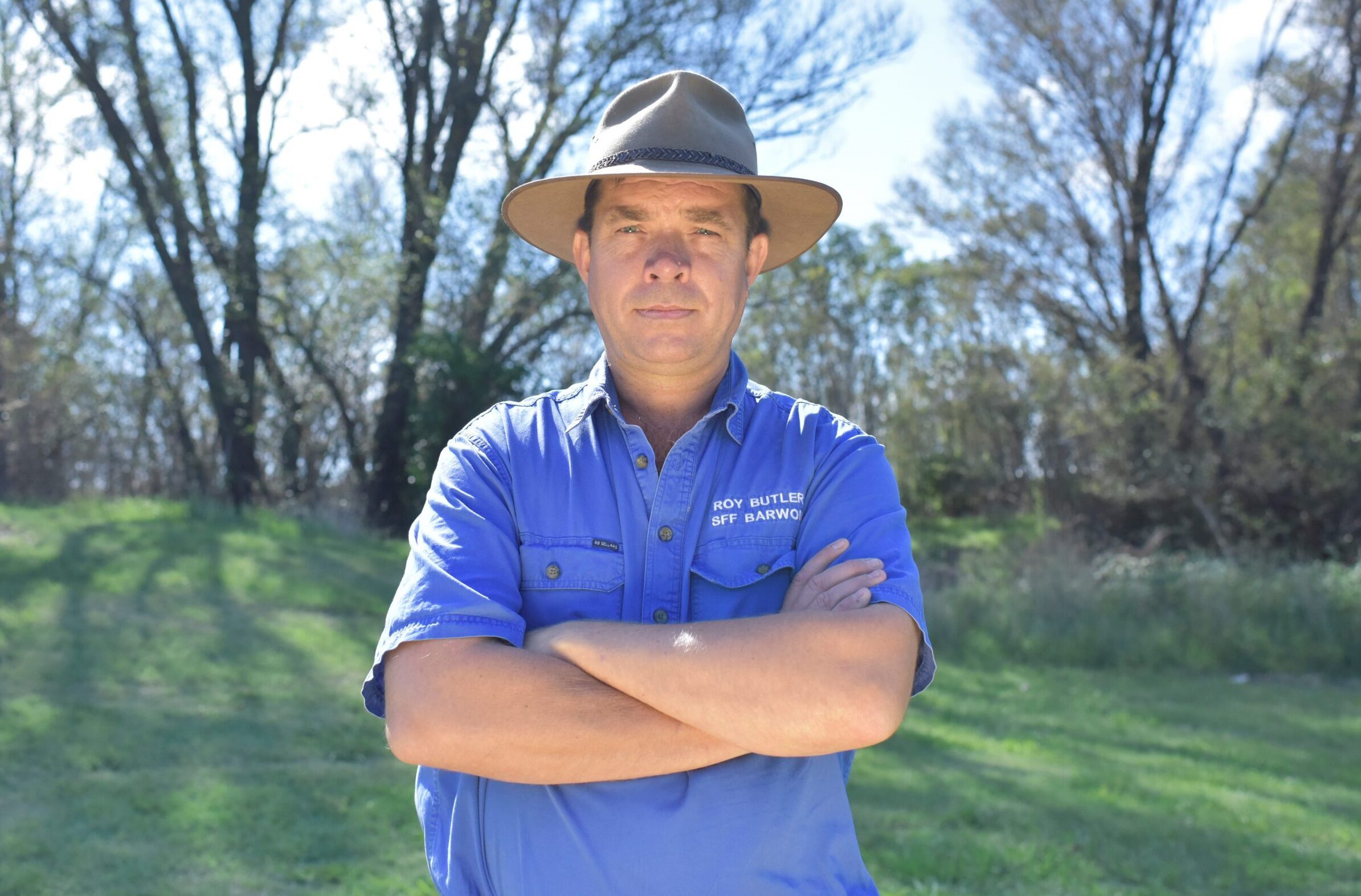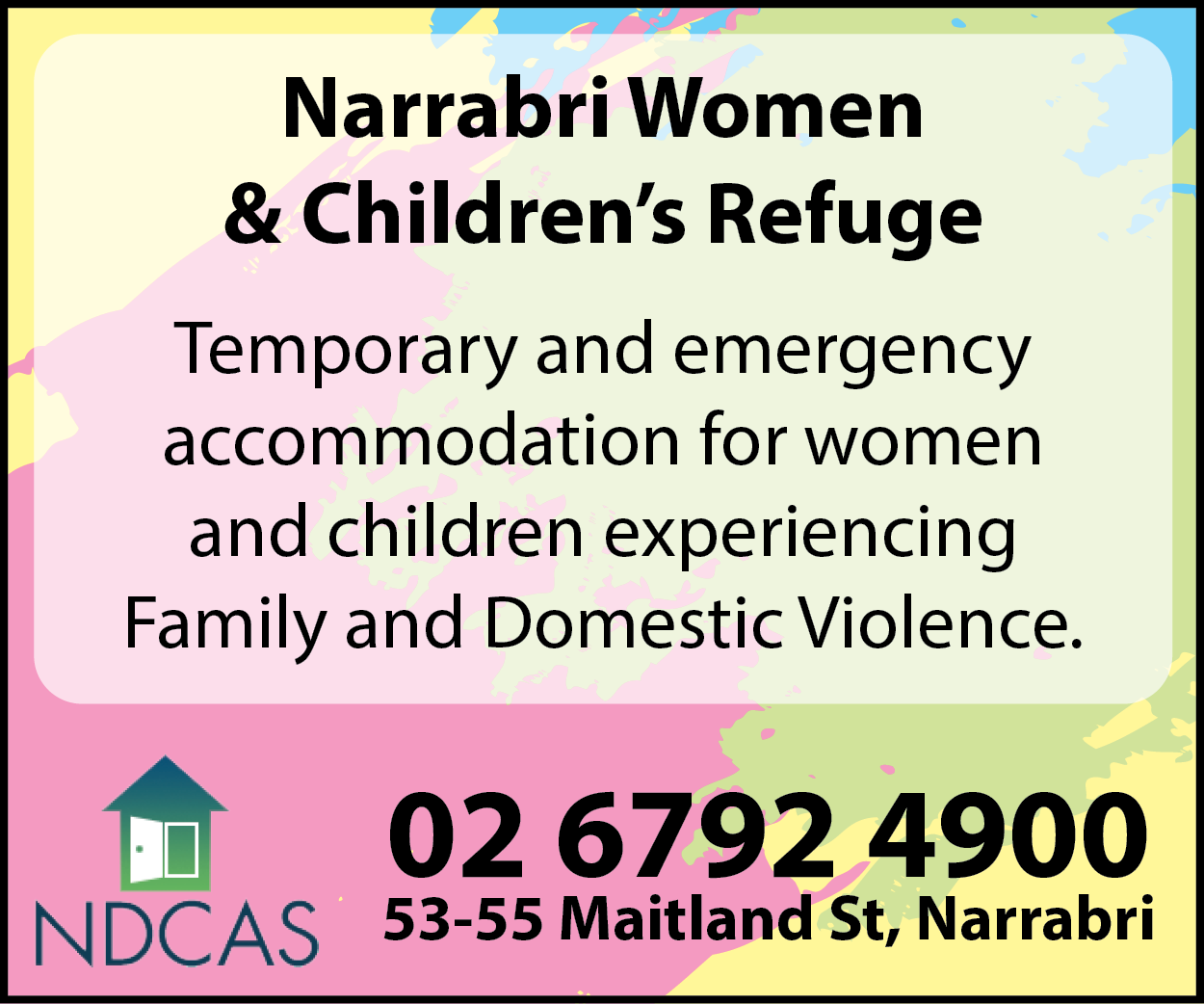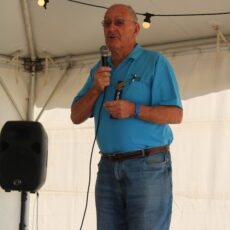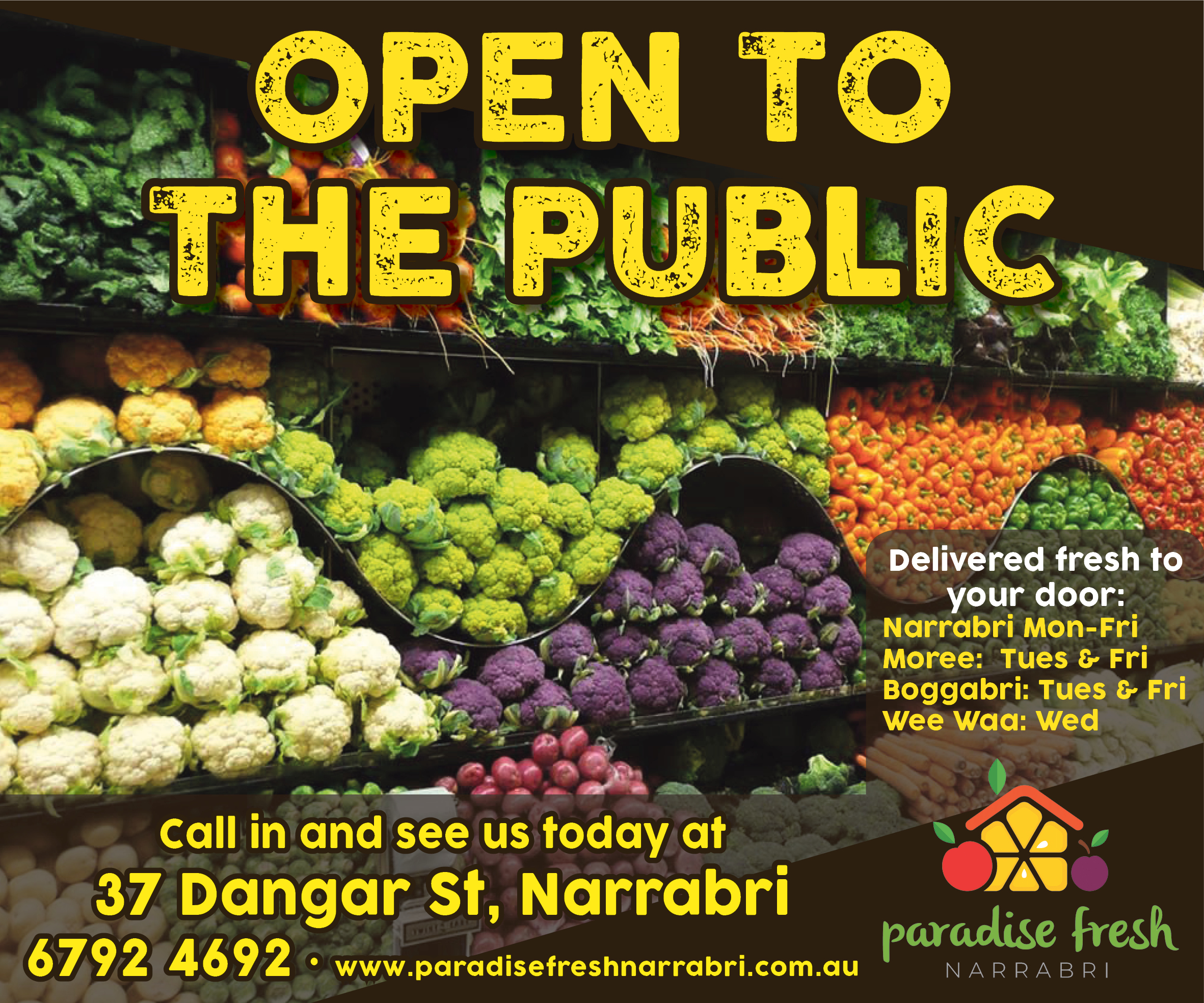What an interesting couple of weeks it has been. The multitude of pre-budget announcements and the budget itself showed that we are definitely entering into election mode. There have been lots of funding promises to appeal to a broad range of voters, but a particular emphasis on education, health, housing and women. But by trying to be all things to all people, it has proven to be inadequate in many ways. It will be interesting to see which budget measures will be underway by the time of the election in March next year.
Budget
The state budget was brought down last week with some good news for regional NSW but also some questionable spending and some glaring omissions. This is not an exhaustive list of funding programs but picks out several that people have been in touch with us about.
Transport and roads
• Newell Highway upgrade, Narrabri to Boggabilla, (overtaking lanes) $68.4 million.
• Regional Road Freight Corridor – Newell Highway, Narrabri to Bellata Heavy Duty Pavement $4 million.
• Silver City and Cobb Highway seal extension $5.543 million.
• Regional rail fleet replacement $399.056 million.
• $271 million in grants for upgrades and maintenance to regional roads.
• Fixing country bridges $37.762 million.
• Gilgandra, Hargraves Lane and Federation St upgrade $5 million (state and federal funding).
• Goodooga Road upgrade $29 million.
Any help with road upgrades on the thousands of kilometres of roadways across the electorate is welcome and there are a few projects specific to Barwon in this budget that will make travel easier. Local councils have struggled during the recent rains with keeping up with maintenance and upgrading regional roads.
But while any funding increases for regional transport are welcome to help out, the $271 million in grants for regional roads is not going to go far considering it costs $30,000 per km to gravel an unsealed road and around $700,000 per km to seal an unsealed country road. People know it is impossible to significantly upgrade (much less seal) every road in what is a vast electorate, but to keep transport rolling properly across this part of Australia a lot more needs to be done.
Health
• Broken Hill emergency department $500,000 (estimated total cost $10 million).
• Increase in IPTAAS subsidies for patients having to travel for medical treatment. The rate for travel has almost doubled from 22 cents to 40 cents per km. While accommodation subsidies will be boosted from $30-$60 to a flat rate of $75 and $120 for patients who must spend more than seven nights away from home.
• $883 million in incentives for medical staff to move to regional areas and retain them.
• $15.3 million Key Health Worker Accommodation across Far West Local Health District.
The budget should have been a chance for the government to begin to implement some of the recommendations of the Inquiry into Regional Health. Increasing IPTAAS was on that list, so was increasing the medical workforce and reviewing incentives to attract health workers, but the IPTAAS increase is still barely adequate and the incentives for health workers are not likely to be enough to get people to uproot themselves and move to regional or remote areas.
There are initiatives that still need to be made available in Barwon, like the Rural Ambulance Infrastructure Reconfiguration (RAIR) and more money for regional NSW drug and alcohol rehabilitation. For too long people in regional areas have been living with a health system that is far below par. It should be a number one priority, because health really determines quality of life.
Housing
• Homes for Regions $46.4 million funding over five years to support “priority enabling infrastructure and government-led developments that will unlock new housing supply in regions. The program will deliver 271 key worker houses based on a whole of government key-worker housing operating model.”
• Aboriginal housing $10.2 million to deliver new and upgraded homes for First Nation People through the Aboriginal Housing Office.
• Social housing upgrade $1.5 million.
• There is also a shared equity scheme that will increase housing availability in Barwon, but it will take time to have an impact on current shortages.
The housing shortage is one of the biggest obstacles to regional population growth and economic development.
Without decent homes for professionals such as medical staff and teachers to live in, and with the shortage of rental properties driving rents too high for people on lower incomes, towns just can’t attract the people to grow.
These initiatives, along with the recently announced $780 million shared equity scheme for first home buyers who are teachers, nurses, police, single parents and singles over 50, will, hopefully, make a dent in the shortage, but it remains to be seen whether it will be enough to meet the growing demand and how long it will take for these schemes to be rolled out or to take full effect.
To order photos from this page click here






